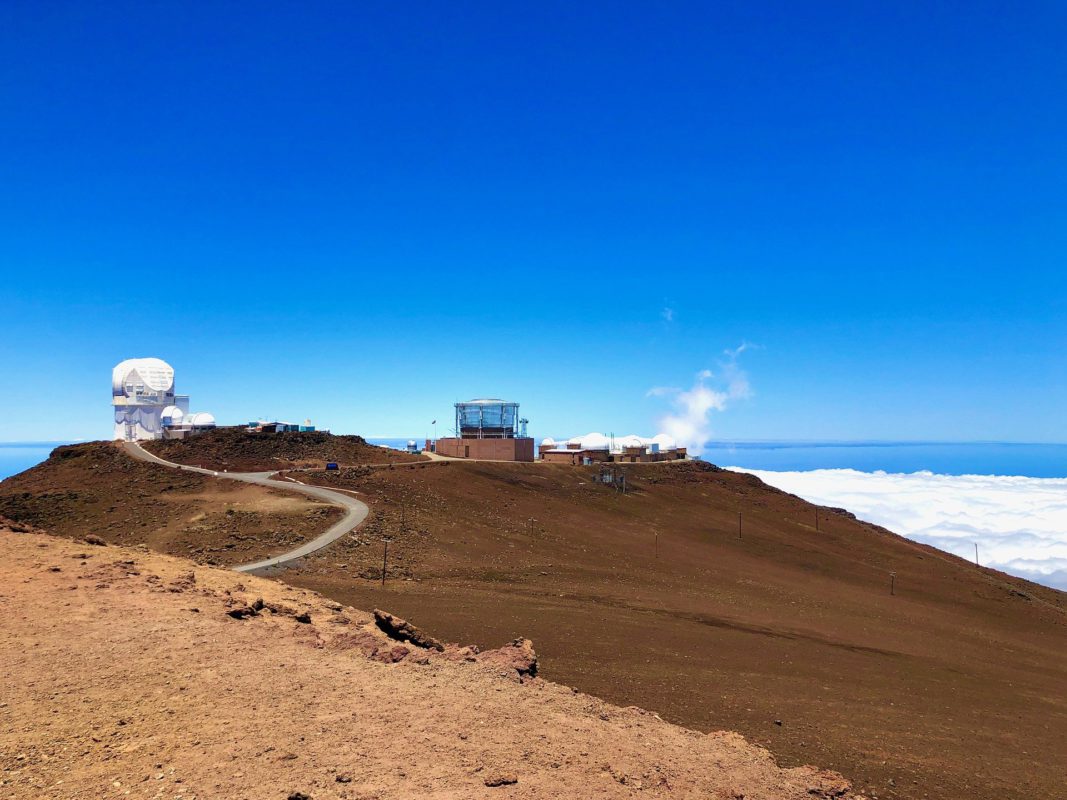Astronomers at an observatory on the summit of Haleakala on Maui have quietly made an necessary discovery: a beforehand unknown “Trojan” near-earth asteroid that’s the largest but found (about ¾ of a mile in diameter). Trojan asteroids are distinctive in that they share earth’s orbit across the solar. The house object has been named 2020 XL5.
That is significant discovery for quite a lot of causes, not least amongst being the truth that Trojan asteroids are exceedingly laborious to seek out. The best circumstances to seek out them occur only a handful of occasions every month. 2020 XL5 was first considered in 2020, however peer-reviewed research have solely just lately confirmed the findings of the Pan-STARRS telescope astronomers.

Don’t fear, although. The asteroid is predicted to proceed is path for not less than one other 4000 years, so we needn’t worry the top occasions of the Hollywood blockbuster catastrophe trope. 2020 XL5 isn’t a “dinosaur killer”. However the discovery does have us fascinated with the significance of the trendy astronomy being accomplished at Hawaii’s many observatories, the exceptional discoveries they’ve made, and the significance of astronomy in native Hawaiian tradition and cosmology.
The Pan-STARRS telescope was additionally among the many first to identify the ‘Oumuamua house object in 2017, thus the Hawaiian title for it as decided by the Worldwide Astronomical Union. Hawaii telescopes and observatories are uniquely positioned to profit from low gentle air pollution and supply scientists with a number of the keenest galactic eyes on the planet. There’s a lengthy checklist of discoveries and “firsts” on the Keck Observatories and different amenities on the summit of Mauna Kea on the Large Island.

And whereas technological advances and House Age headlines from Hawaii seize the world’s consideration, it’s necessary to do not forget that native Hawaiians have been finding out the actions of the celebs and planets for greater than a thousand years. Polynesian navigators used the celebs on their voyages, together with the one which introduced the primary people who would finally settle within the Hawaiian Archipelago.
Native Hawaiians have their very own constellations, simply as “western” astronomers do. However they don’t have anything to do with Greek or Roman mythology, clearly, and positively don’t contain venomous arachnids, galactic crustaceans, celestial saucepans, or ill-tempered three-headed canines.

Hawaiian heiau (sacred temple websites) are oriented to the solar and stars. The solar, moon, and stars are central to Hawaiian fantasy and legend. The return of Halley’s comet in Hawaii skies in 1758 was mentioned to predict the delivery a fantastic king who would unite the islands. King Kamehameha the Nice was born in 1758. What western astronomers name the constellation Pleiades is understood in Hawaiian as Makalii, and it figures prominently in annual Makahiki celebrations.
Entry to Hawaii’s summit observatories is severely restricted to astronomers and help employees, however others across the state are open to the public. They supply a useful useful resource for Hawaii college students and an exquisite alternative for guests to find out about Hawaii astronomy and native Hawaiian tradition. The ‘Imiloa Astronomy Center in Hilo and the Onizuka Center for International Astronomy on the Mauna Kea Customer Middle are fascinating and family-friendly, as is the Bishop Museum Watamull Planetarium on Oahu.

Because the scientists above the clouds can attest, there may be a lot to find out about Hawaii astronomy. From its Polynesian origins to its seemingly limitless future, Hawaii affords a lifetime of discovery for anybody who takes an curiosity. Let our specialists right here at Hawaii Aloha Journey assist you to chart your course by Hawaii’s evening skies.
Posted by: Jamie Winpenny
Source link

